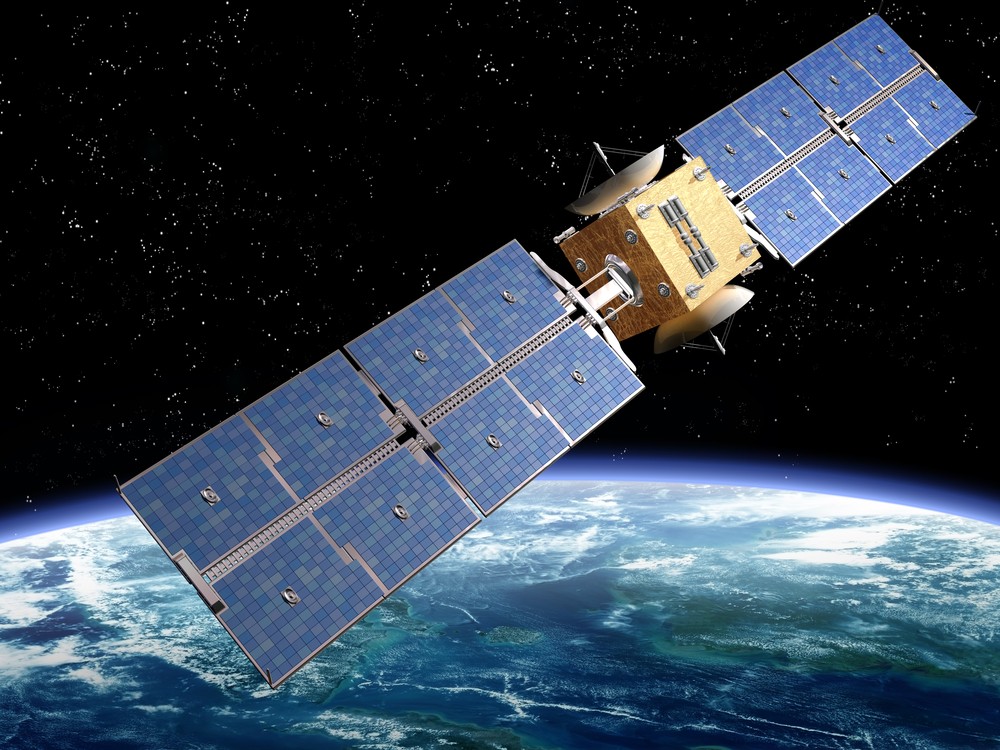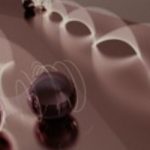Breakthrough May Enable Quantum Key Distribution in Free Space in Daylight

(Engineer.co.uk) An international team of researchers believe they have made a breakthrough in the development of quantum-enhanced optical systems that could lead to advances in encryption, communication and measurement.
Led by Matteo Clerici at Glasgow University’s James Watt School of Engineering, the team of researchers from the UK, Japan and Germany are said to have demonstrated a new method of generating and detecting quantum-entangled photons at a wavelength of 2.1μm.
The unique, non-classical properties of entangled photons are used in applications including quantum key distribution, which makes uncrackable communications between two parties possible.
In a statement, Dr Matteo Clerici, said: “What we have been able to do for the first time is carve out a band in the electromagnetic spectrum where the entangled particles we produce are less likely to be affected by background solar radiation when they’re transmitted across free space.
“There is what we call a ‘transparency window’ in the atmosphere where there aren’t many gases which can absorb light at a wavelength of two micrometres. Also, the sunlight is much less overwhelming in this region – it’s one-third the brightness that it has at standard telecommunication wavelengths around 1550nm, for example.
“That’s thus far been one of the key stumbling blocks to advancing daylight quantum key distribution in free space – if the wavelength that your photon detector is sensitive to is too close to the wavelength of the photons that are coming towards it from the sun, your detector can easily be blinded.”
In partnership with Hants-based Covesion Ltd, Dr Clerici and his team are said to have engineered a nonlinear crystal made from lithium niobite, suitable for operating at 2.1 μm. The entangled photon pairs are generated when short pulses of light from a laser source, provided by Riccarton, Edinburgh-based Chromacity Ltd, pass through the crystal.



















